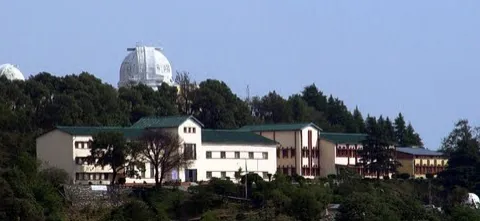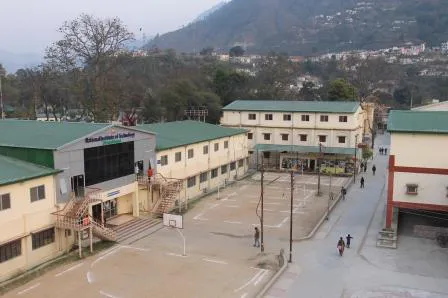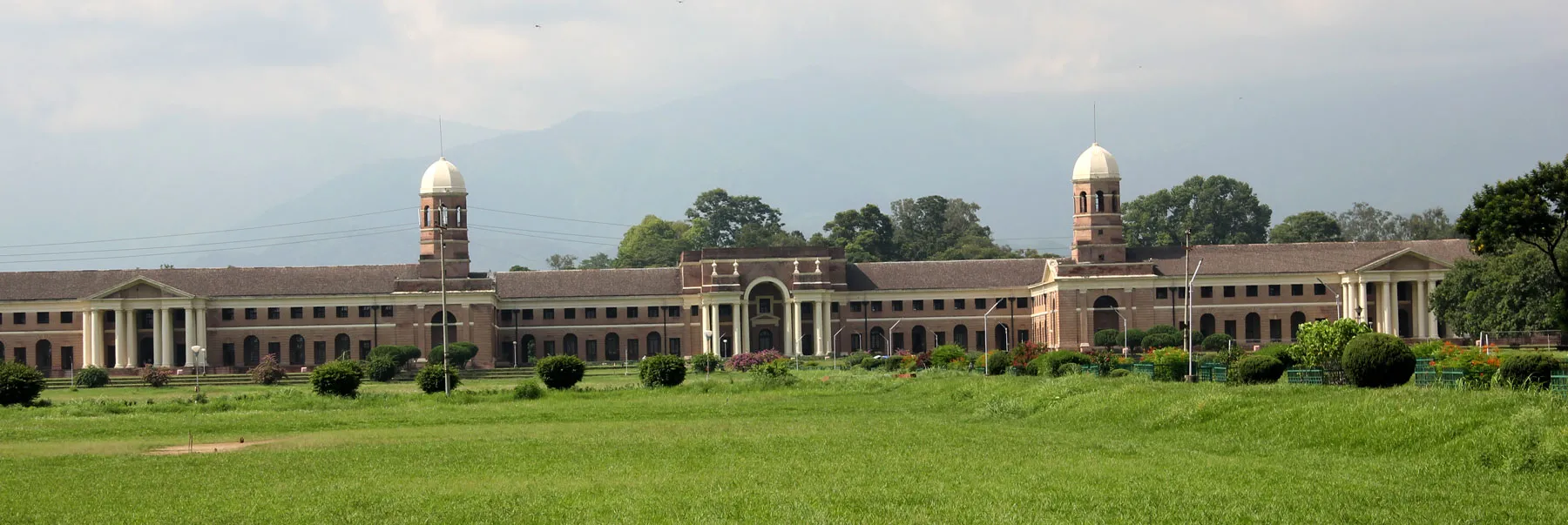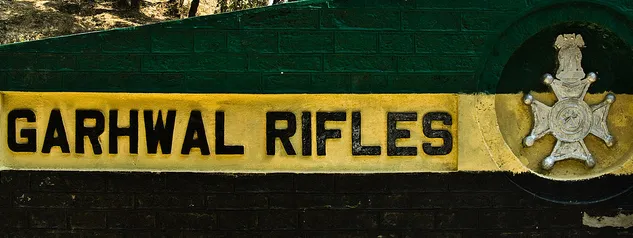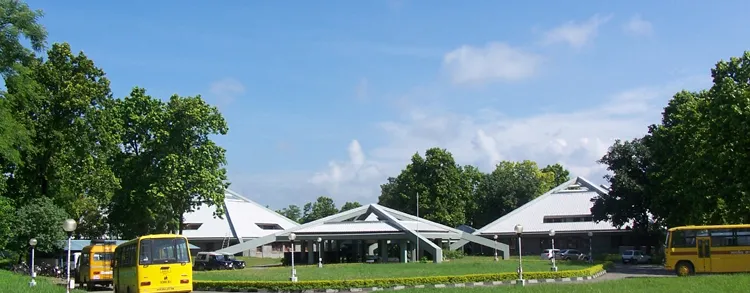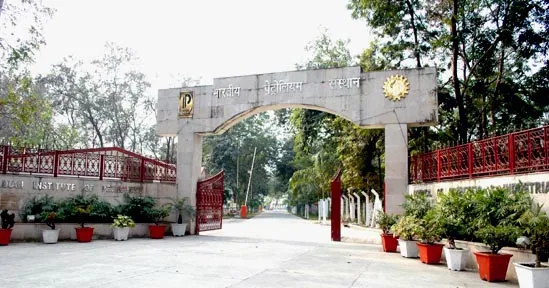Aryabhatta Research Institute of Observational Sciences (ARIES) is an autonomous institute devoted to research and development in Astronomy & Astrophysics and Atmospheric Sciences. The Institute is funded by the Department of Science and Technology (DST), Government of India.
History of Aryabhatta Research Institute of Observational Sciences (ARIES)
By the initiative of the Govt. of India, immediately after the independence, there was a flurry in scientific activities signaled by the establishment of a chain of national laboratories in the period 1947-1955. During that time Uttar Pradesh State Observatory (UPSO) came into existence.
About ARIES
Due to poor observing conditions for astronomical observations in UPSO, it was decided to transform it from Varanasi to some other place. A Survey was done on many places like Dehradun, Mussoorie and Nainital. Finally, the present location at Manora Peak, Nainital was selected as the most prospective site. In November 1955, the UPSO was shifted over from Varanasi to a small cottage at Debi Lodge, half way up to Snow View from the Lake Bridge at Nainital. UPSO moved to Manora Peak, south west of Nainital and situated at a distance of 9 km from the Nainital town.
The boundaries of UPSO are defined by the road to Nainital which was a gravel one at that time.Aryabhatta Research Institute of observational sciences (ARIES) was the new name when SO came under the Department of Science & Technology (DST), Govt. of India as an autonomous body. The ARIES came into existence on 22nd March 2004, following the decision of the cabinet of Ministers of the Govt. of India on 07th January, 2004.
Remarkable progress in various ongoing projects has been achieved during the past five decades. Institute has contributed significantly in the studies of nearby galaxies, variability of Active Galactic Nuclei (AGN), optical follow-up of transient events like Novae, Supernovae and Gamma-Ray Bursts (GRBs), dark matter, stellar population, stellar variability, stellar energy distributions, star clusters, planetary physics, solar activity, solar spectroscopy, airglow emission and aerosol content at high altitude in Himalayas.
ARIES has made unique contribution in many areas of astronomical research, particularly those involving time critical phenomena, despite having only small (~104 cm) size optical telescopes owing to its location almost in the middle of about 180 degree wide longitude band with no other modern astronomical facilities.
Facilities in ARIES, Nainital
Telescopes - Existing Observational and Support Facilities:The observational and support facilities available at ARIES are described briefly in the following subsections.
- Telescope for night sky observations
- Solar Observing Facilities
ARIES Library
The library has one big hall attached to administrative block and a separate three story building connected with the hall. The Library acquires books and journals mainly related to Astronomy & Astrophysics and Atmospheric Sciences although from time to time we have acquired reference books also. Following is also the part of library in ARIES:
- E-Journals
- Doctoral Theses
- Publications
- Digital Repository
- Academic Reports
Computer Centre
Computer Centre caters to the computing needs of the faculty members and the students for their research and teaching. It has a users base of about 100 with about 60 active users at any given point of time.
Opportunities in Aryabhatta Research Institute of Observational Sciences (ARIES)
Ph. D. Position at ARIES
- Every year ARIES selects student for its Ph. D. Program
- The selected candidates will go through a course work of one year before they will be assigned to research work. They will get a stipend of Rs.12000.00 per month for first two years and after successful completion of a review it will be raised to Rs.14000.00 per month. A book grant of Rs.5000.00 per year is also provided.
Observatory in Nainital
It is about 4.5 km from Nainital, situated at an altitude of (1951 mts). Observatory is basically a place of astronomical studies. Public is shown round some of the instruments during working days at afternoons. For night viewing three four days on moonlight nights are fixed and permission is needed.The primary objective of the observatory has been to develop facilities for modern astrophysical research in stellar, solar & theoretical branches of astrophysics. With prior permission, visitors can get access to the observatory and also experience the pleasure of viewing celestial objects through the telescope, provided the nights are clear enough. With the help of this telescope the movement of stars, planets and other heavenly bodies can be calculated to great precision.
